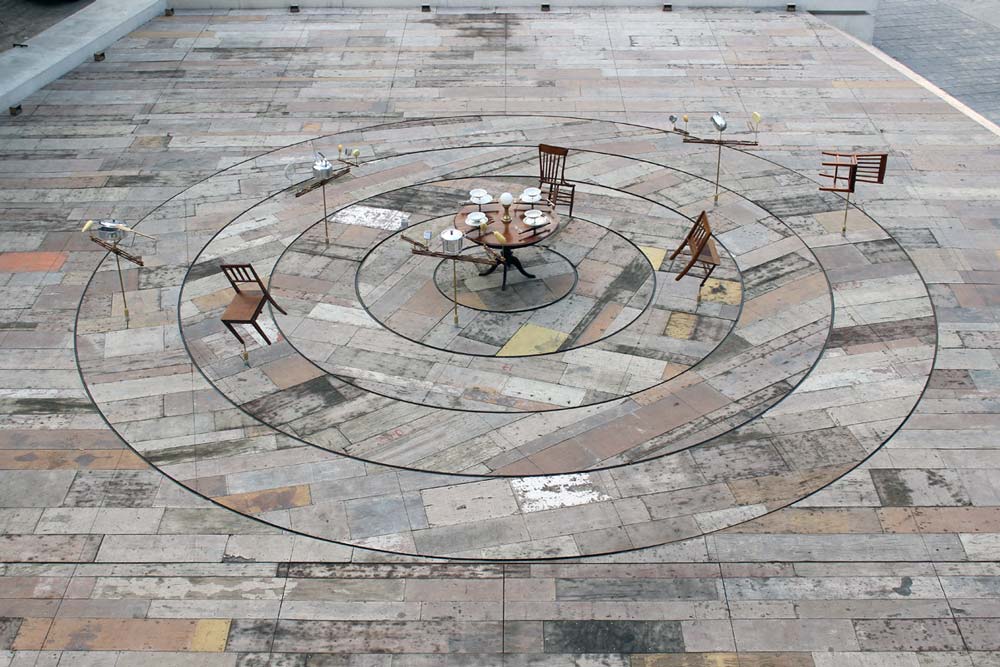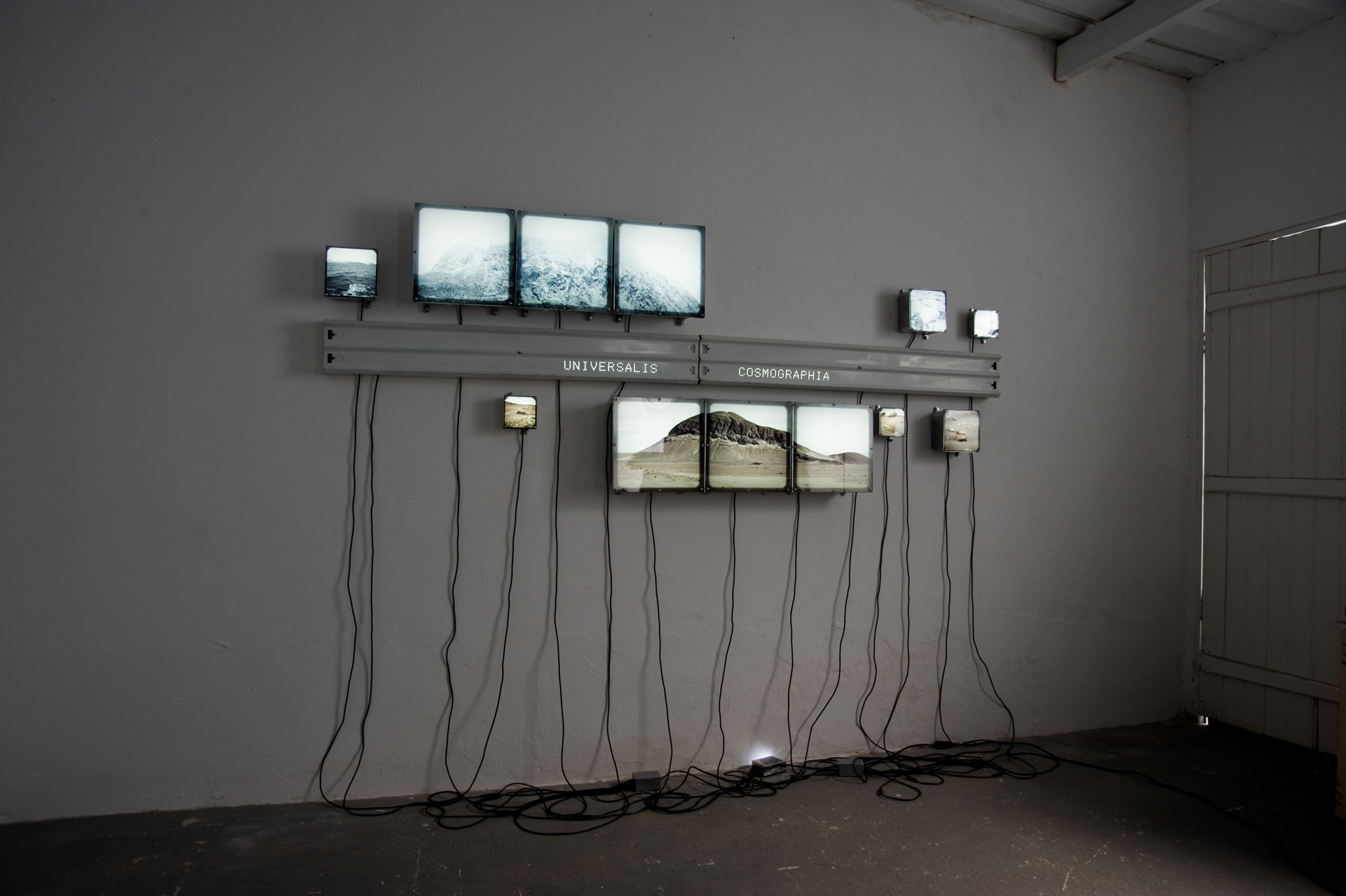دومينيك ويلكوكس
多米尼克·威尔科克斯
דומיניק וילקוקס
ドミニク·ウィルコックス
ДОМИНИК УИЛКОКС
Sound Bulbs
Dominic Wilcox hat ein Händchen für das Absurde. Er hat vergoldete Luxus-Sprungsteine, Anti-Diebstahl-Fahrradaufkleber und ein Haftnotiz-Tattoo für handgeschriebene Notizen entworfen. Sein neuestes Design ist jedoch sowohl absurd als auch unglaublich nützlich: ein Konvertierungssystem, das es ermöglicht, alte Soundsysteme in Lampenfassungen zu schrauben. Wilcox nennt sie Sound Bulbs, und sie wurden als Reaktion auf ein Spiel entwickelt, das darauf abzielt, neue Verwendungsmöglichkeiten zu finden alte Gegenstände. Die Herausforderung basierte auf dem uralten Übernachtungsspiel Telefon mit einer leichten Wendung: Anstatt ein Wort weiterzugeben, gaben die Teilnehmer Objekte weiter. Der Empfänger war dann dafür verantwortlich, eine neue Verwendung für das alte Objekt zu erstellen. “Das Objekt, das mir gegeben wurde, war eine Deckenlampe”, erklärt Wilcox in seinem Blog. “Ich begann über Deckenleuchten und die Frage nachzudenken, warum wir nur Glühbirnen in Lampenfassungen stecken.” Ich hätte eine Tischlampe und einen modernen Musikplayer wählen können, entschied mich aber dafür, in die entgegengesetzte Richtung zu gehen. Es gibt nicht viele Möglichkeiten im Leben, 1880 goldene Statuen mit 1980 Ghetto-Blaster zu kombinieren, also habe ich es genommen. Die Zuordnung eines Funktionssatzes zu einem anderen ergab einige interessante Möglichkeiten, um zu untersuchen, wie sich zwei Designtypologien überschneiden: zum Beispiel die on / off String an der Lampe wurde eine Möglichkeit, die Musik einer Boom-Box zu starten und zu stoppen. Wir haben schon früher „Audiobirnen“ gesehen, aber dies ist ein faszinierendes Beispiel dafür, wie ein einfacher DIY-Hack die allgegenwärtige Infrastruktur mit neuen Funktionen nachrüsten kann.












